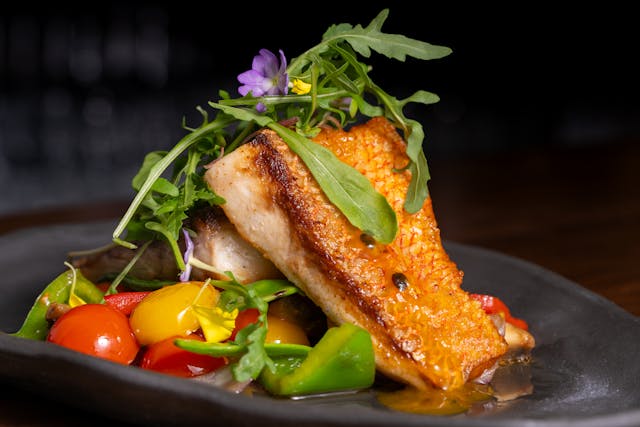Have you ever walked into a grocery store, compared the price of a salad to a fast-food burger, and wondered, “Why is eating healthy so expensive?”
It’s a common perception that healthy food is a luxury, while processed and unhealthy options are more affordable. This raises important questions: Is healthy eating really expensive, or is it just a myth? Why is unhealthy food often cheaper? And is eating healthy actually worth the cost?
In this article, we’ll break down the true cost of eating healthy, explore the reasons behind food pricing, and offer practical tips on how to eat healthy on a budget.
Is Healthy Food a Luxury?
Many people believe that healthy food is a privilege reserved for those with higher incomes. But is this really the case?
A study by the Harvard School of Public Health found that eating a healthy diet costs about $1.50 more per day than an unhealthy diet. While this difference may seem small, it adds up to $550 per year per person, which can be a significant burden for families on a tight budget.
Key Factors That Make Healthy Food More Expensive:




While eating healthy may be more expensive upfront, it saves money in the long run by reducing healthcare costs related to diet-related diseases like obesity, diabetes, and heart disease.
Why Is Unhealthy Food Cheaper Than Healthy Food?
Many processed and fast foods are cheaper because of how they are produced and subsidized. Here’s why:
1. Government Subsidies on Processed Food
The U.S. government heavily subsidizes crops like corn, wheat, and soy, which are the base ingredients for cheap processed foods such as:



A 2019 study by the U.S. Department of Agriculture (USDA) found that more than 60% of food subsidies go toward these crops, making processed food artificially cheap.
2. Mass Production & Lower Labor Costs
Fast food chains mass-produce meals, keeping costs low through automation, bulk purchasing, and cheaper labor. On the other hand, small-scale farms producing fresh, organic produce have higher operational costs.
3. Longer Shelf Life & Lower Waste
Unhealthy foods often contain preservatives and artificial ingredients that extend shelf life. This means less waste and lower costs for producers. In contrast, fresh fruits and vegetables spoil quickly, leading to higher losses and costs.
Is Eating Healthy Really That Expensive? The Myth vs. Reality
The Myth: Eating Healthy Costs Too Much
Many believe that only expensive health foods—like organic produce, superfoods, and grass-fed meats—count as “healthy eating.”
The Reality: Affordable Healthy Eating is Possible
Eating whole, unprocessed foods doesn’t have to break the bank. Budget-friendly healthy foods include:




By making smart food choices, meal planning, and shopping strategically, you can eat healthy without overspending.
Expensive Healthy Food Examples (and Affordable Alternatives)
While some healthy foods can be pricey, there are cheaper alternatives that provide similar nutrients.
| Expensive Healthy Food | Affordable Alternative |
|---|---|
| Organic Kale ($5 per bunch) | Frozen Spinach ($2 per bag) |
| Grass-Fed Beef ($10 per pound) | Canned Tuna ($2 per can) |
| Almond Milk ($4 per carton) | Skim Milk ($2 per gallon) |
| Chia Seeds ($8 per bag) | Flaxseeds ($3 per bag) |
| Fresh Berries ($6 per pint) | Frozen Mixed Berries ($3 per bag) |
Key Tip: Buying in bulk, choosing frozen produce, and shopping for store-brand items can significantly lower the cost of eating healthy.
How Much Does It Cost to Eat Healthy Per Day?
The cost of eating healthy varies based on location, food choices, and meal planning.
Estimated Cost of Eating Healthy Per Day (Budget Plan)




Total Daily Cost: $12.00 per person
This shows that healthy eating can be affordable with proper planning, even though it might still be more expensive than fast food options.
How to Eat Healthy on a Budget: 7 Practical Tips







Conclusion: Is Eating Healthy Worth It?
While eating healthy may cost more upfront, the long-term benefits far outweigh the extra expense. Investing in nutritious food today can prevent costly medical bills in the future.




So, the next time you wonder, “Is eating healthy really worth it?”—remember that prioritizing your health is one of the best investments you can make.
What are your thoughts on the cost of healthy eating? Have you found ways to eat well on a budget? Share your experiences in the comments!


